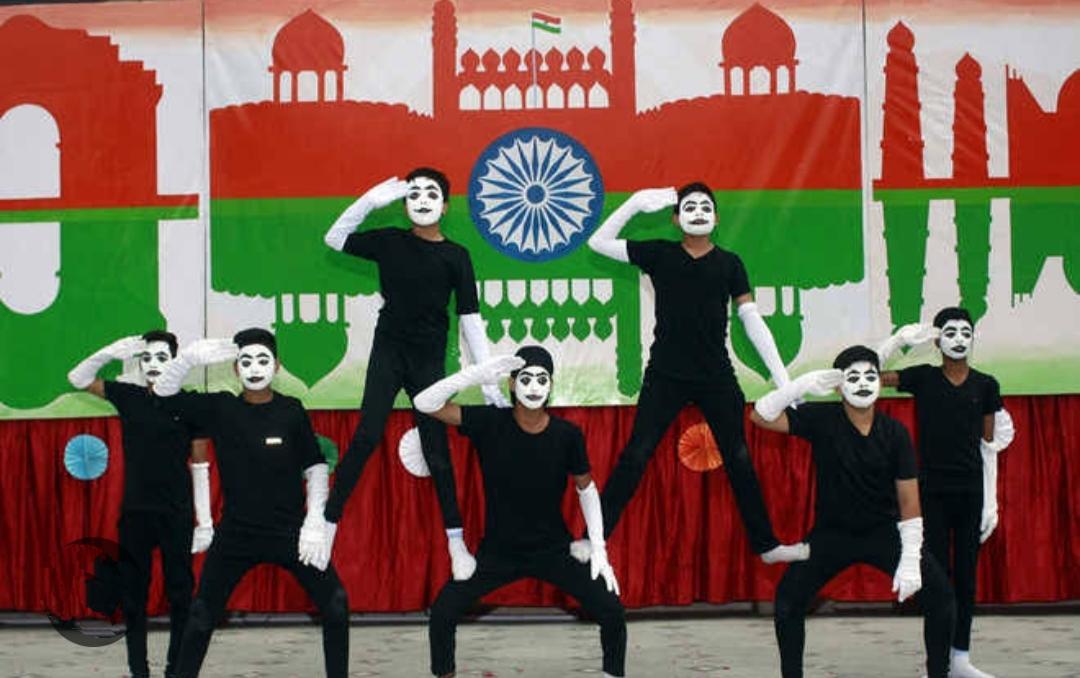Dance: An Expression of Life
Dance is a form of artistic expression that uses the body to communicate emotions, stories, and culture. It is both an art form and a form of physical activity, found in every human society throughout history.
History of Dance
Dance dates back to prehistoric times, where it was used in rituals, celebrations, and storytelling. Ancient civilizations like Egypt, India, and Greece developed distinct dance traditions. Over centuries, dance evolved with cultural changes, leading to the emergence of classical forms (like ballet and Bharatanatyam), folk styles, and modern innovations.
Types of Dance
Dance can be broadly categorized into:
Classical: Ballet, Kathak, Odissi, etc.
Folk/Traditional: Bhangra (India), Flamenco (Spain), Irish dance, etc.
Ballroom: Waltz, Tango, Foxtrot.
Modern and Contemporary: Interpretive, emotional, often abstract.
Hip-Hop/Street: Breakdance, popping, locking.
Social/Club: Salsa, Zumba, freestyle.
Each style has its own technique, rhythm, and cultural significance.
Elements of Dance
Core elements include:
Body: Movement and posture.
Action: Steps, gestures.
Space: Use of stage or area.
Time: Rhythm, tempo.
Energy: Force and flow of movement.
Benefits of Dance
Physical: Improves flexibility, strength, endurance.
Mental: Enhances mood, reduces stress, boosts memory.
Social: Encourages teamwork, cultural exchange.
Artistic: A creative outlet for self-expression.
Dance in Culture and Media
Dance is a major part of festivals, films, theatre, and competitions. It preserves heritage, tells stories, and influences fashion and music. Shows like So You Think You Can Dance and platforms like TikTok have popularized various dance trends globally.

